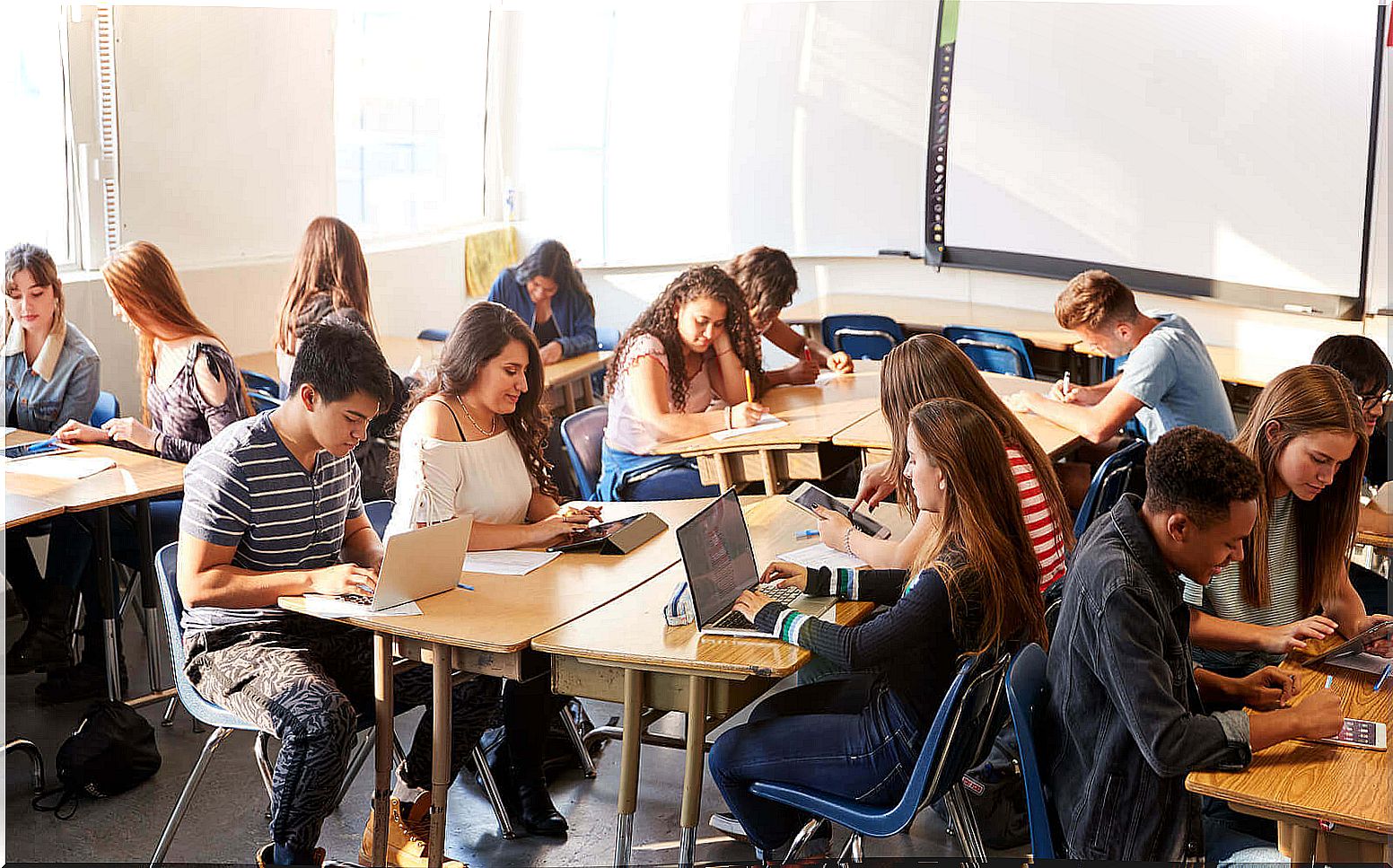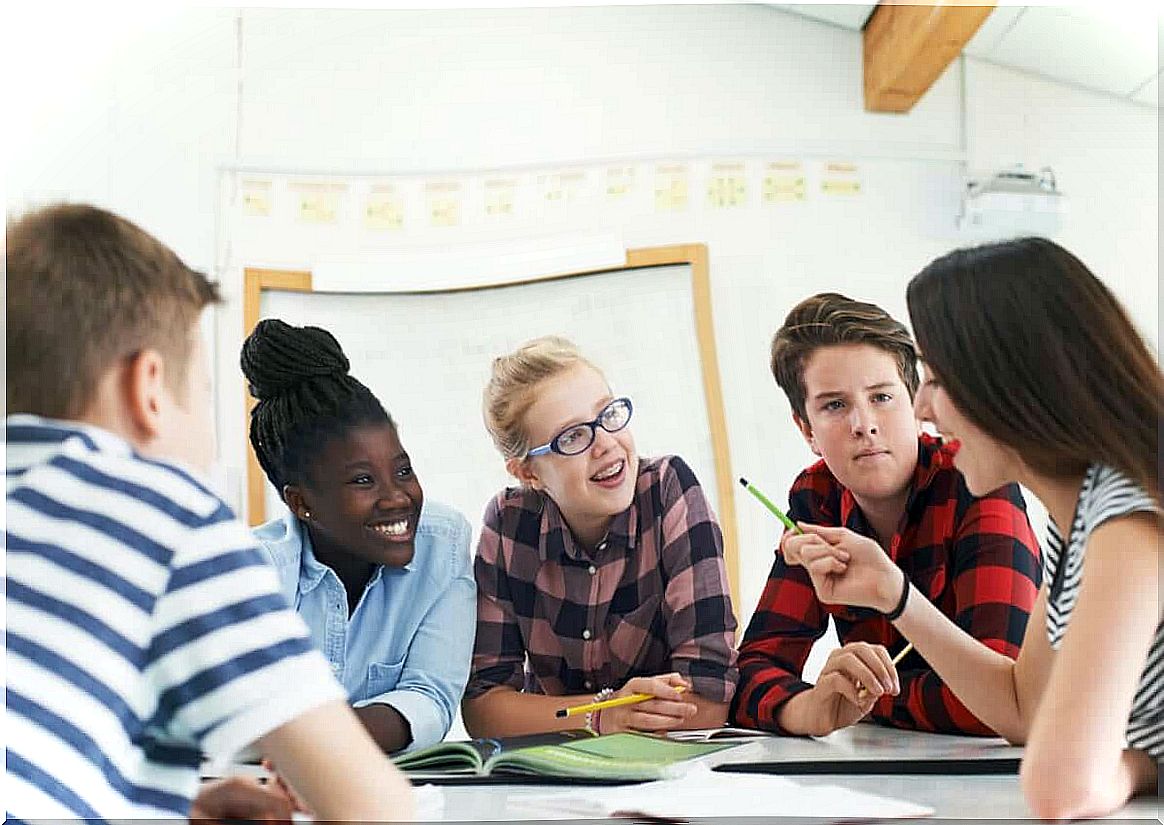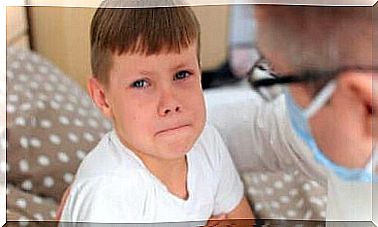Phillips 66 Teamwork Technique

Isn’t it motivating to work as a team and row with all your friends or co-workers in the same direction? No doubt! The so-called Phillips 66 technique for working in teams has exactly that purpose: to make a group of people understand and cooperate to achieve common goals.
What does the Phillips 66 technique consist of?
A technique or group dynamic called Phillips 66 is for working with large groups of people or with a group that has at least six members. It basically consists of allowing group members, divided into subgroups of 6 people, to discuss a topic for 6 minutes and reach a conclusion.
Working in a team is a skill that can be learned and that can be very useful in different areas of life. In this sense, the Phillips 66 technique can be used both at school and in the workplace, in order to teach team members to make quick decisions to achieve a goal.

Thus, the dynamics put into practice by the Phillips 66 technique aims to make people participate, debate and obtain a lot of information in a short period of time. For this, it is important that the issue or topic that the discussion will address is clear and presented in writing.
Steps to be followed to implement the Phillips 66 technique
The process to be followed to carry out the dynamics proposed by the technique is as follows:
- If the group is large, it will be divided into subgroups of 6 people. If it is smaller, it will work with a single group, as long as it has at least 6 members.
- The person directing the technique must explain to the group what it consists of and what the rules of action are. And it is she who must formulate the question or the subject that will be debated.
- In each group or subgroup, a secretary will be elected, who will be in charge of controlling the time. In addition, he is the one who will write down what will be exposed by the other members.
- Development consists of each member of the group presenting their opinion, opinion or concise argumentation. Then, the different positions are briefly discussed and a synthesis made on the specific topic.
Importance of the Phillips 66 technique to improve teamwork
The Phillips 66 technique for working in teams allows for the development of a dynamic within the workgroup that facilitates and encourages intervention and decision-making. In other words, it helps people who are part of the work team to participate in a succinct discussion on a specific subject, in addition to helping in the rational use of time.
Teamwork is an important methodological tool to generate synergy in a group of people. More specifically, the Phillips 66 dynamic is useful because it encourages members to work collaboratively and for group functioning to involve something beyond the simple contribution of each member.
Furthermore, the Phillips 66 technique is valid not only because it helps to debate, decide and reach quick agreements, but also because, in parallel, it encourages members to develop the capacity for synthesis. In other words, people in the group learn to organize coherent and, at the same time, specific discourses to present their point of view.

Benefits of Learning to Work in a Team for Children
The Phillips 66 technique is a dynamic best suited for adults or older children. However, it is advisable that children start working in teams from an early age with dynamics applied to group work, as teaching how to work in a team helps them learn to collaborate and exchange points of view in a respectful and orderly manner.
Encouraging teamwork from an early age is a way to motivate and encourage children to lose their fear of expressing themselves. It is an excellent strategy for developing social and communication skills. Furthermore, it promotes interdependence in children and, at the same time, their autonomy.
Likewise, working together with their peers, the little ones learn values such as responsibility and solidarity. That’s because, when working as a team, they understand that for everything to work out and even be a moment of fun, it is necessary for each one of them to contribute and the sum of everyone’s work.
Finally, it is necessary to emphasize that, through teamwork, diversity of opinions and experiences among children is encouraged. That is, they learn to dialogue to reach agreements based on acceptance and respect for differences. In this way, all children receive the same possibilities to express themselves and to be themselves.









